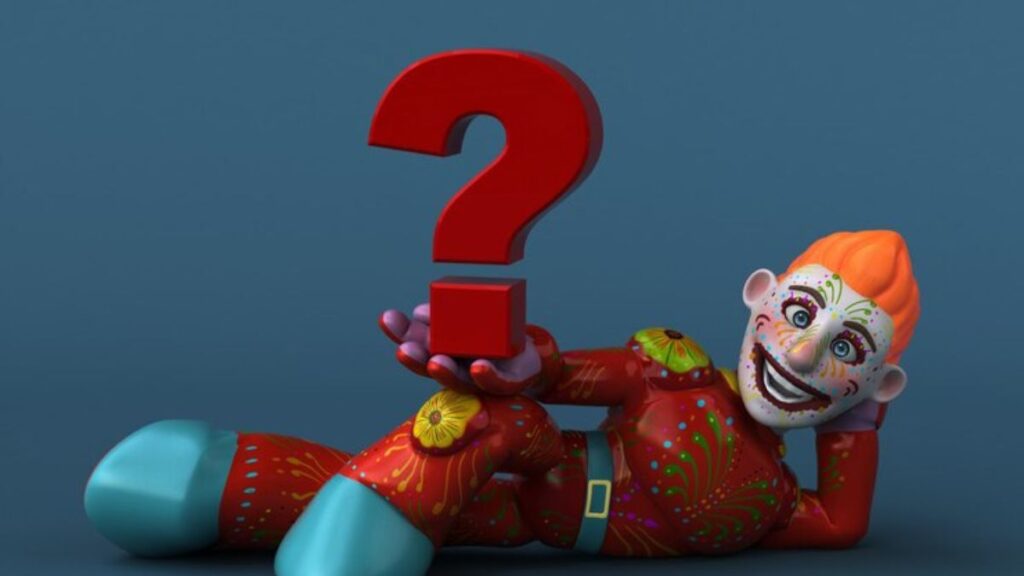What Are Arkistiques?, In the evolving world of artificial intelligence, we’ve grown accustomed to terms like “machine learning,” “neural networks,” and “language models.” But a new term is quietly making waves in creative tech communities:
Arkistiques.
Sounds poetic, doesn’t it?
But what are Arkistiques, exactly?
Are they artists? Are they tools? Or are they something in between — digital minds with a flair for beauty?
In this post, we’ll explore:
-
The origin and definition of Arkistiques
-
How they differ from traditional AI
-
Their applications in music, design, storytelling, and architecture
-
Ethical and philosophical implications
-
And how they might reshape the meaning of creativity in the digital age
🧠 Defining “What Are Arkistiques?”: A Fusion of Art + Heuristics
The term What Are Arkistiques? is derived from two roots:
-
“Arki” (from artistic, and some say from arkhe, meaning “origin” in Greek)
-
“Stiques” (inspired by heuristics — problem-solving methods in AI)
Together, What Are Arkistiques? refers to a category of AI entities or algorithms that specialize in the perception, creation, critique, and emotional resonance of art.
Unlike traditional AI that optimizes for logic, efficiency, or predictive accuracy, Arkistiques optimize for aesthetic impact, emotional tone, and narrative beauty.
🧬 What Makes an AI “Arkistique”?
Not every AI is Arkistique.
An Arkistique system usually includes:
-
🎼 Creative Bias Engines – Trained not only on large art datasets but also on emotional reactions (from music ratings to facial feedback).
-
🧑🎨 Style Morphing Modules – Able to blend, remix, or evolve visual or musical styles from different periods, artists, or cultures.
-
💭 Meta-Aesthetic Feedback – Able to “self-reflect” on its output using aesthetic rules and user engagement.
-
🤝 Co-Creation Interfaces – Built to work alongside humans — not replace them — in real-time composition, writing, or design.
🔍 Arkistiques vs Traditional Creative AI
| Feature | Traditional Creative AI | Arkistique AI |
|---|---|---|
| Data Source | Static datasets | Evolving with taste + feedback |
| Output Focus | Replication / Variation | Emotional resonance, surprise |
| User Role | Consumer or prompt-giver | Collaborator, co-curator |
| Adaptability to Taste | Limited | Highly personalized |
| Goal | Solve creative tasks | Explore and enhance creativity |
Arkistiques aren’t just about making something — they’re about making something that matters to you.
🎵 Real-World Applications of Arkistiques
Although the term is new, its philosophy is already showing up in emerging projects:
1. Generative Music Companions
Imagine composing with an Arkistique that understands your mood, suggests harmonic shifts, and creates loops that feel like you — not just mimic genres.
Platforms like AIVA or Endlesss are stepping into Arkistique territory.
2. AI Story Co-Writers
Tools like Sudowrite or ChatGPT (yes, yours truly) can be Arkistique when guided by emotional tone, pacing, or author voice fidelity.
Arkistiques don’t just predict the next word — they feel the story’s rhythm.
3. Neuro-Responsive Visual Design
Arkistiques are being tested with EEG-based feedback, learning which colors, shapes, or styles spark emotional reactions in real-time, then redesigning interfaces or art accordingly.
4. Architectural Aesthetics Assistants
In speculative design labs, Arkistiques are helping architects sketch forms that are not only sustainable but also emotionally evocative, using datasets from human-environment emotional studies.
🧠 But Can They Really Be Creative?
Great question. Critics argue:
-
“AI can’t feel, so how can it create?”
-
“It’s all remixing, not innovation.”
-
“Creativity needs struggle. AI doesn’t struggle.”
But Arkistiques push us to rethink creativity.
If an AI can make something that:
-
Moves us
-
Reflects us
-
Evolves with us
…does it matter that it doesn’t “feel” in the human sense?
Perhaps What Are Arkistiques? are not replacements for artists, but new instruments for human emotion.
Just like a camera didn’t kill painting — it redefined it.
⚖️ The Ethical Palette: What Could Go Wrong?
As with any transformative technology, Arkistiques come with risks:
-
📉 Homogenization of Taste – If everyone trains their Arkistique on the same top 100 songs or designs, do we lose aesthetic diversity?
-
🤖 Dehumanizing the Artist – Will companies rely on Arkistiques over human creators to cut costs?
-
🎭 Authenticity Dilemma – If a song moves you, does it matter if it was made by a machine?
To address these, many propose transparent Arkistique labels, collaborative credits, and embedding ethical feedback loops into every creative session.
🌍 A More Inclusive Creative Future?
One of the most powerful potentials of Arkistiques is democratization.
People who:
-
Can’t draw — can now paint.
-
Struggle with writing — can now co-author.
-
Can’t afford studios — can now compose symphonies.
Arkistiques may give voice to people whose creativity has been locked behind technical, physical, or economic barriers.
That, in itself, is beautiful.
🛠️ Where Is This Heading?, What Are Arkistiques??
The next decade could see:
-
Personalized Arkistiques that learn your creative DNA
-
Open-source Arkistique libraries for education and community arts
-
Arkistique collaborations in fashion, gaming, and wellness therapy
We might one day say:
“This isn’t just a design. What Are Arkistiques? reflection of me.”
🧡 Final Thoughts: The Human Touch in the Digital Brushstroke
Technology, at its best, doesn’t remove our humanity — it enhances it.
Arkistiques are not here to replace artists, musicians, or storytellers. They are here to remind us that creativity is not about tools — it’s about connection.
Between thought and expression, there has always been a gap. Arkistiques may simply be our latest — and most elegant — bridge.
Would you co-create with What Are Arkistiques?? Or do you think creativity should remain a purely human endeavor?
Share your thoughts below — we’d love to hear your human take.


